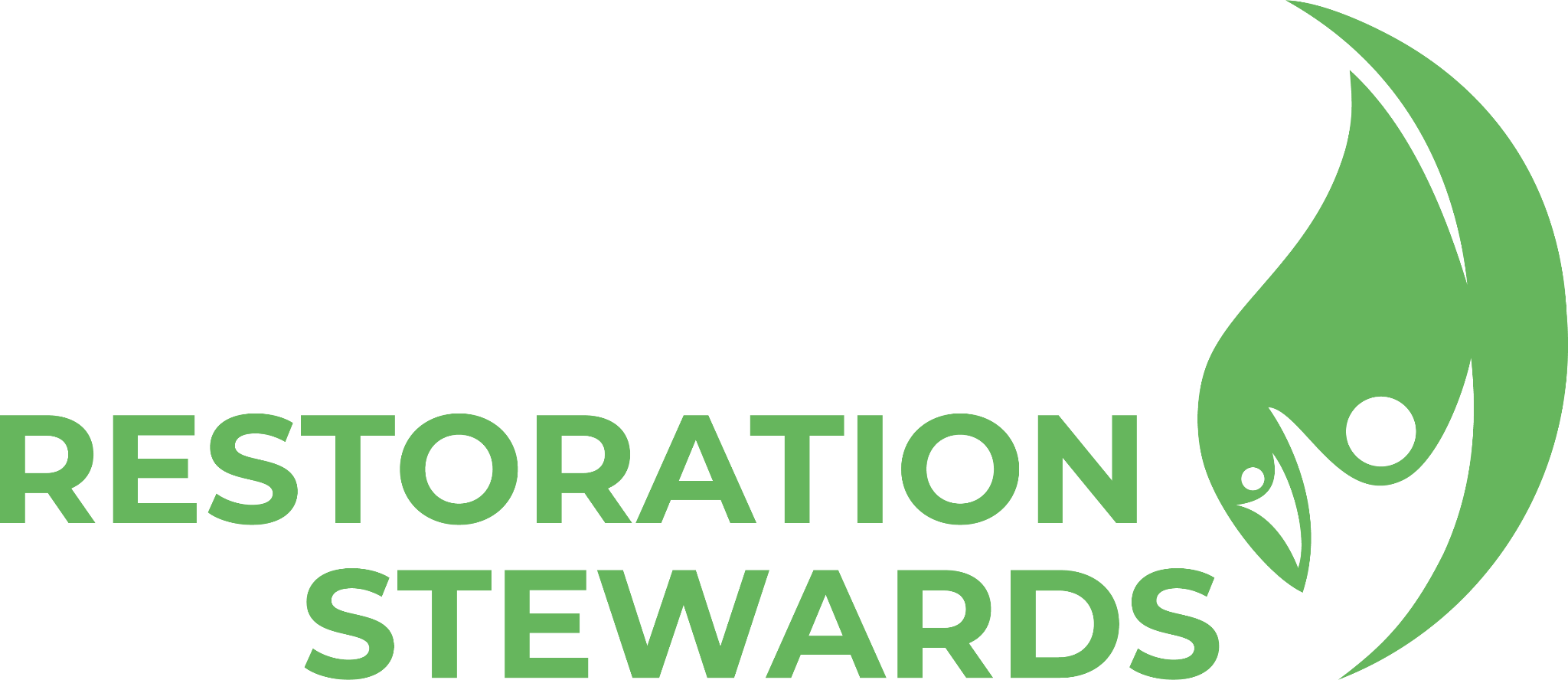Bagamoyo’s ocean guardians: Women restoring marine resources
Welcome to Bagamoyo, a historic coastal town in Tanzania where land meets sea and tradition meets sustainability. Nestled along the shores of the Indian Ocean, Bagamoyo has long been a center of trade, culture and resilience. Today, it is home to a growing movement of women seaweed farmers restoring marine resources while strengthening their livelihoods through the Bagamoyo Seaweed Farming Initiative.


Why seaweed?
Seaweed plays a crucial role in ocean health. It absorbs carbon dioxide, helping to mitigate climate change, and improves water quality by filtering pollutants. Additionally, seaweed farms create habitats for marine life, supporting biodiversity and strengthening coastal ecosystems.
For many in our community, seaweed farming represents resilience and opportunity. It provides a path to financial security, education for children, and improved livelihoods. The collective effort in seaweed farming fosters a strong sense of community, where knowledge is shared and women take the lead in driving positive change.
For these women, the ocean is more than a source of income, it is a lifeline. Seaweed farming has become a sustainable solution as planting seaweed helps restore ocean health by absorbing carbon and improving water quality. This activity also offers these women financial independence and climate resilience. With each harvest, they not only contribute to marine conservation but also empower their families and communities. Through this initiative, they are proving that environmental stewardship and economic empowerment go hand in hand.
Working in the sea
Every morning, our seaweed farmers wade into the shallow waters of Bagamoyo’s coastline, guided by tradition and resilience. With ropes and wooden stakes, they carefully plant seaweed, securing it beneath the waves where it will grow over the coming weeks. As the tide rises and falls, they tend to their underwater farms, removing debris, monitoring growth and preparing for the next harvest. When the seaweed reaches maturity, they gather the thriving strands, drying them under the sun before transforming them into valuable products like soaps, powders and oils.
Seaweed farming is a nature-based solution that contributes to the blue economy. In a region where climate change, overfishing, pollution and deforestation have disrupted marine ecosystems, this practice of planting and harvesting seaweed offers a sustainable alternative. It provides income for women, strengthens food security and strengthens the seascape. By embracing seaweed farming, the women of Bagamoyo are not just securing their future, they are healing the ocean and preserving their community’s way of life.


Giving women a chance to lead
Meet the women in the Bagamoyo Seaweed Farming Initiative. This initiative marks the first stage of seaweed farming, where local women, supported by men from two community groups, come together to tie seaweed seeds onto ropes. But beyond the technical process, this initiative is deeply rooted in the involvement of girls and women because of their central role in coastal livelihoods and environmental stewardship.
Historically, women in these communities have been engaged in ocean-based activities, yet their contributions have often been undervalued. This project seeks to change that narrative by creating a space where women can take leadership in conservation and economic resilience.
By bringing women together, this project fosters financial independence and community-driven knowledge exchange. Women refine seaweed farming techniques, discuss sustainable harvesting and explore strategies for resilience. Their collaboration strengthens their influence in marine conservation while also equipping the next generation with the skills to sustain this tradition and tackle environmental challenges.
Our journey is not just about farming; it’s about storytelling. Every knot tied, every harvest collected carries the voices of women rewriting their futures. By sharing their stories, the challenges they have overcome and the impact they are creating, we are proving that local solutions can drive global change.
Other communities are taking notice. They see the resilience in our model, the way it empowers women, strengthens coastal economies and heals the ocean. Many have reached out, eager to learn and replicate it on their own. And that’s how change happens: one story at a time, one community inspiring another, until a wave of transformation reaches far beyond our shores.


Meet Sauda, a mother of two, who now makes and sells seaweed-based soaps. “Seaweed changed my life,” she says with pride.
Then there’s Warda, who had never farmed before but is now leading seaweed training sessions, proving that knowledge is power. She shows that seaweed farming is just the beginning; its potential goes far beyond cultivation and inspires innovations like seaweed-based powder, oil and soap.


This is more than farming–it’s a sisterhood. It’s a community of women lifting each other up, learning, growing and standing strong together. It’s about resilience, empowerment and the belief that when women rise, they lift their entire community with them
This is more than a project–it’s a movement. Led by young women, powered by nature and driven by the dream of a thriving, restored ocean.

